
Text and Photos by Amanda Castleman
Vol. 21, No.7 May/June, 2017
Nostrils flaring, the Giant River Otter surges towards my dinghy. Teenager Belle hasn’t reached her species’ six-foot span yet. But she and her companion Philip can still bite the heads off live piranhas. And rumor has it they chewed up a horse whisper pretty good last week. Those red-rimmed eyes – scarlet as a macaw’s wings – make me regret declining trip insurance.
I traveled to Guyana – a lime-wedge-shaped South American country squeezed between Suriname, Brazil, Venezuela and the Atlantic – expressly to see these creatures. In my mind, they resembled the sea otters of my Pacific Northwest home: all jolly grapefruit cheeks and puffy two-ply fur. But here on the coffee-colored Rupununi River, all I can think is, “man, that’s one massive water weasel. I hope she doesn’t like white meat, because after an especially overcast Seattle winter, that’s all I am.”
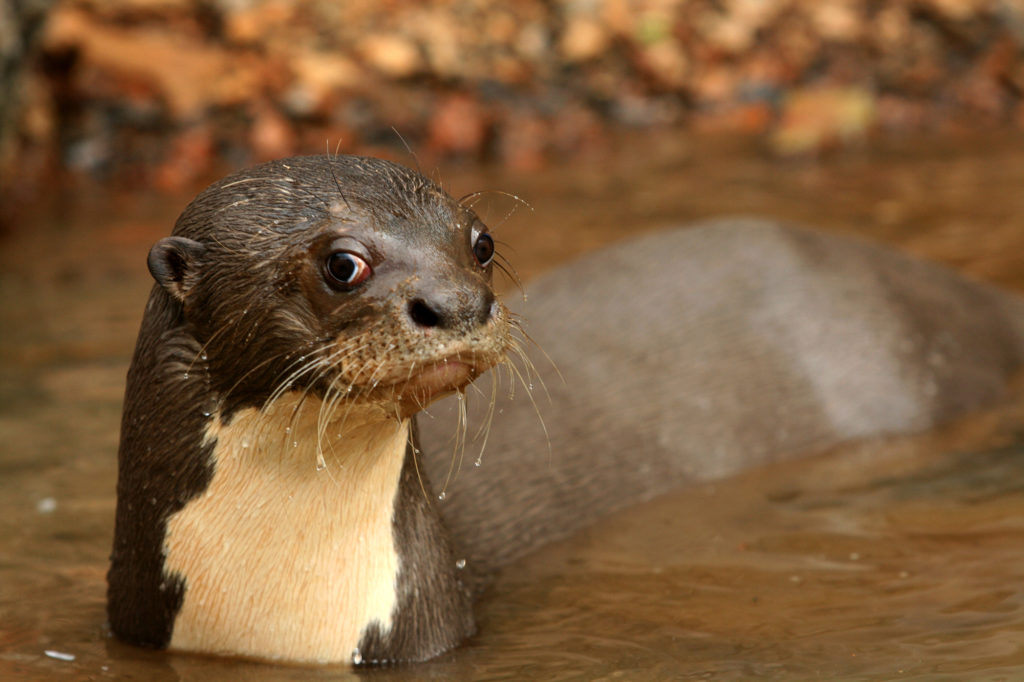
Beside heavyweight otters, Guyana also has manatees, jaguars, giant anteaters, pink dolphins, the world’s largest alligator (black caiman) and its most heavyweight rodent (the hairy, 140lb capybara). Eight types of primates live there, including Gumby-limbed spider monkeys. Smithsonian experts continue to count bird species, whose number has already flown past 800, including man-sized Jabiru storks. Among its tropical plants, the national flower – the Victoria amazonica water lily – blooms up to 10 feet in diameter and has pads big and burly enough to support an infant.
That’s all eye-strainingly awesome. But zoom to panorama for the bigger picture: the fact that 80% of Guyana remains wild – the globe’s largest swathe of intact Amazonian rainforest. And the 45-year-old country plans to keep it that way.
Carbon offsetting, it emerges, goes far beyond donating trees to assuage the guilt of air travel. Guyana has volunteered to do planetary penance – for a price. Norway, counterbalancing its North Sea oil rigs, has offered to pay the South Guyana: Running Naked in Paradise 2American nation to stop deforestation. The more green Guyana preserves, the more of the US$223 million fund it’ll see over the next four years.
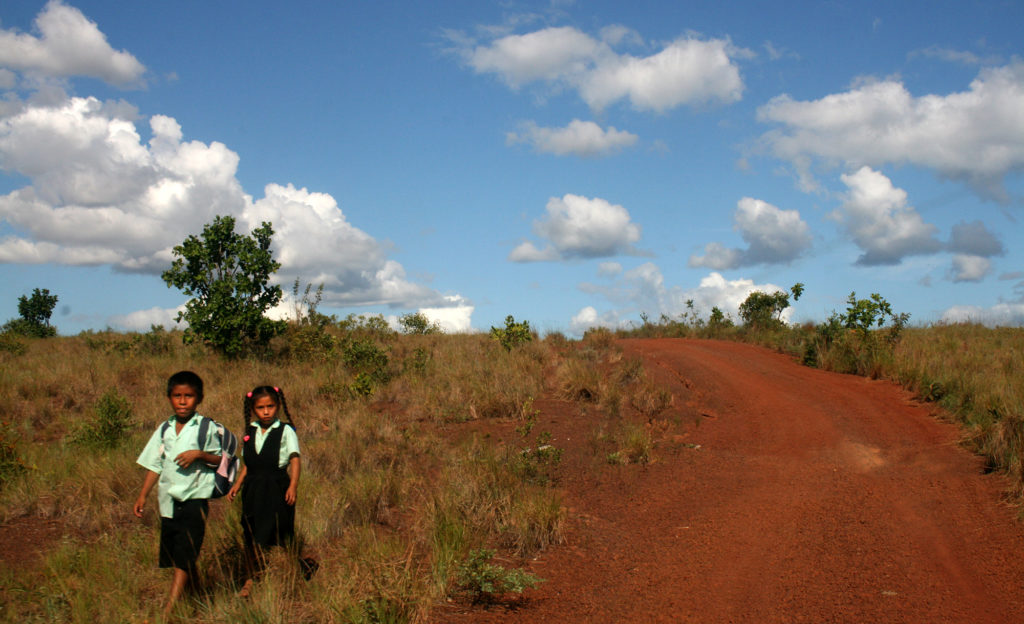
The infant nation plans to plow this money into environmentally sound improvements. Already, high-speed internet starts to snake through the rainforest, where villagers club together and handcraft eco-lodges like Maipaima, near Nappi. If you build it – and a website – they will come. Right?
We do, at least: a ragtag bunch touring with Wilderness Explorers. The group hikes 17 miles roundtrip to Jordan Falls: we’re among the first 100 gringos to glimpse this massive cascade. Where the whitewater splits like a mermaid tail, we lie on the crag and drink rum under pinwheeling stars. Then we shine lights under the hammocks, checking for bushmaster snakes, before bunking down.
Back on the trail the next day, we try to power along like the Makushi tribespeople. The “Children of the Forest” lower their heads and just motor. No rests. No snacks. No shoes, even – most wear flip-flops. But minimal isn’t always better (a lesson the W Hotels might also want to heed). The Cook Julietta tumbles 20 feet down a muddy hillside. She’s unable to catch herself with both arms full: she clutches a metal tub of fish in one hand, a plastic bucket with a Saran-wrapped cake in the other. When she winces to a stop, a snapped sapling pushes against her ribs, bruising, but luckily not puncturing, her skin.
Her face a tight fist of pain, she waves away aspirin and limps into camp unassisted. “We’re Makushi,” the guide Carlandine Bernita Wenceslaus explains. “We just keep going.”
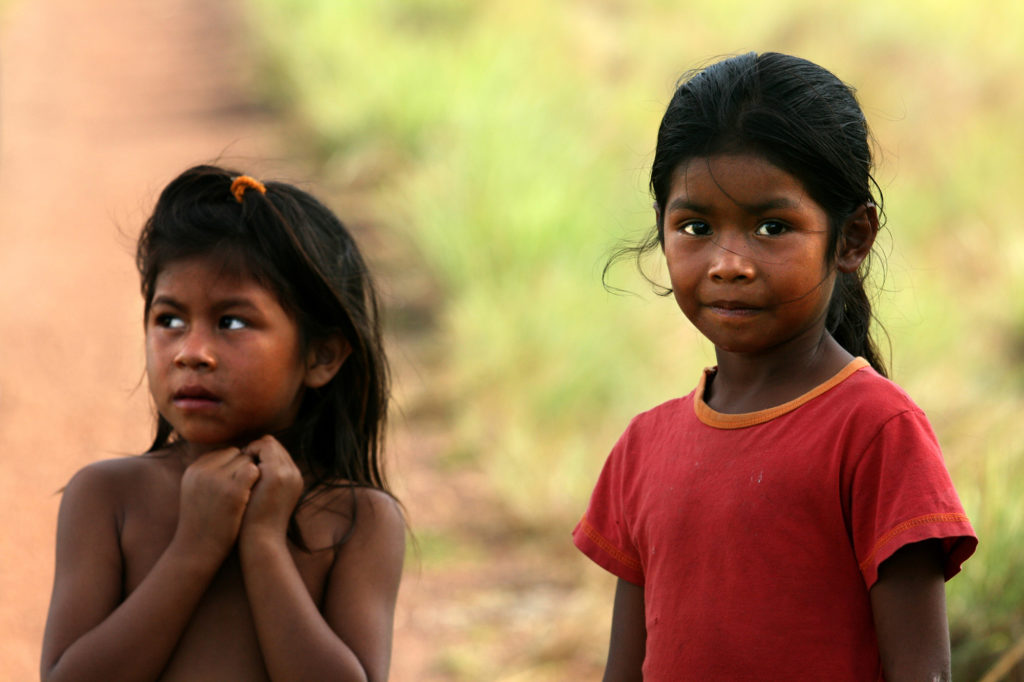
Later I’m told the country has only a single search and rescue helicopter, not that we had a satellite phone to call it or anything. Guyana brings a whole new meaning to “walk it out”…
Not all ecotourism here has such a gritty edge. On the savannah stand genteel Rock View Lodge and Karanambu, which doubles as the otter sanctuary currently housing petulant Belle and Philip.
“Growing up here,” notes Diane McTurk, the fifth-generation owner, “it was like running naked in paradise.” But with adulthood comes responsibility: fixing the generator, MacGyvering jeep repairs, fending hungry goats away from the paperbacks (mmmm, binding glue). Nothing works quite right, and no amount of baling wire and duct tape can patch all the country’s problems.
Guyana is poor, despite a landscape rich in gold and diamonds. If tourism ramps up, it can market wilderness and indigenous experiences, instead of selling off natural resources to miners, loggers and ranchers. Children could study by clean, safe, solar-powered light, rather than hunched near candles and kerosene lamps.
And maybe it’ll even “walk out” the specter of Jonestown, where American cult leader Jim Jones parked murders and cyanide suicides that killed 918 people in 1978. It’s hard to fight the cultural cache of the “drink the Kool-Aid” catchphrase … But if anywhere can pull that off, it’ll be English-speaking Guyana, which threads together unfettered nature and vivid cultures – African, Chinese, European, Caribbean, AmerIndian, East Indian and Latin American – as deftly as a rope hammock.
Two decades years ago, this country faced the developing world’s worst economic decline, after trying to establish a cooperative (read “socialist”) republic. Flat broke, it simply stopped paying foreign debt.
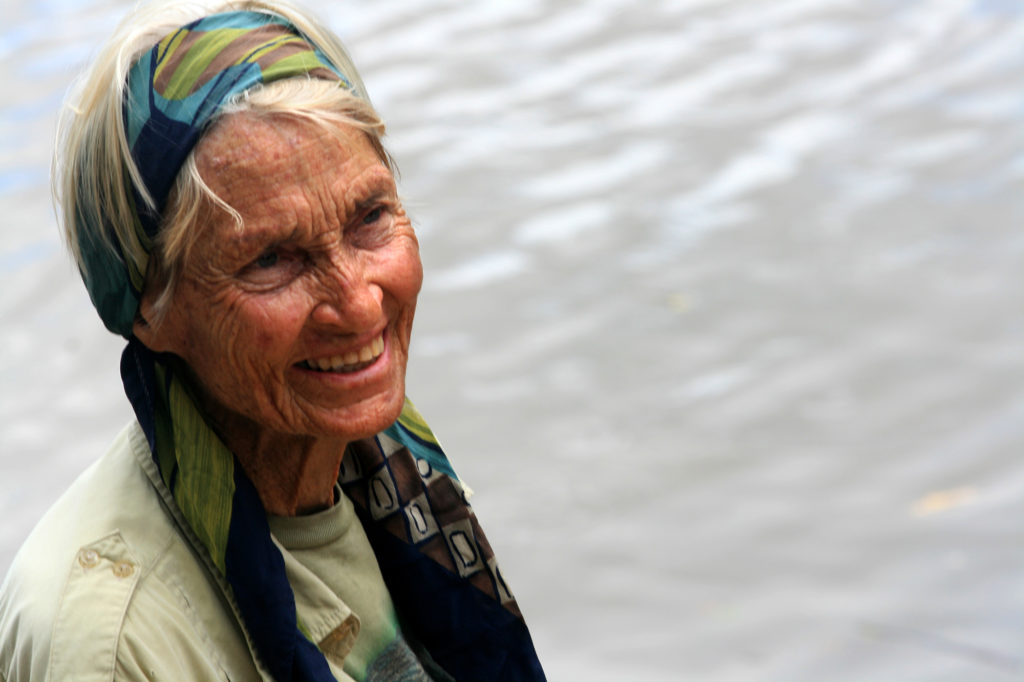
But here Guyana is today, spinning Norwegian kroner into light and motion, protecting its culture alongside the rainforests’ medicinal plants and leafy, oxygen-exhaling biomass.
Belle the bad-mood otter finally veers away, close enough that I can count the water drops spangling her whiskers. The dinghy engine coughs into action and we slide away from Karanambu and its sun-seared, Out-of-Africa ambience. I comfort myself: “at least you saw Giant River Otters, even if they were too cranky to swim with guests like usual.”
But Guyana isn’t done. Two days later, we’re on Grass Pond near Rewa, when Wally Prince – the legendary birding guide – spots a sleek brown head, maybe a flash of bloodshot eyes.
Prince paddles the dugout canoe up and down the lake, despite the fierce chop. “There,” he shouts. “No, wait, there! It’s hard for your eyes to see, because you haven’t grown up in this environment.”
The Giant River Otter – a curious young male – takes long, arcing dives. But eventually the sun glints just right off a wave’s trough and I glimpse him.
Just like Guyana’s potential, he’s beautiful.

Six Unmissable Activities in the Land of Six Peoples
Guyana’s cultural mix sweeps from African to Chinese, European, Caribbean, AmerIndian, East Indian and Latin American. In honor of the “land of six peoples,” half a dozen adventures should top every visitor’s wish list.
Belly up to the edge
Catch a charter plane to Kaieteur Falls, one of the world’s most powerful cascades. Its 330ft-wide cataract thunders 750 feet down, nearly five times the size of Niagara. Be careful: the site has no handrails, just signs warning visitors to Guyana: Running Naked in Paradise 4remain 7ft from the cliff… As you hike back to the landing strip, peer delicately between the lime-green leaves of the giant bromeliads. The water pooling inside shelters the planet’s deadliest frog: the golden poison dart. Each eraser-sized Phyllobate terribilis contains enough toxins to kill 10 humans (www.kaieteurpark.gov.gy).
Catch a caiman
In the AmerIndian village of Yupukari, Caiman House Field Station shelters visitors and also researchers monitoring Melanosuchus niger, the largest member of the alligator family and also an endangered species. Guests can tag along during the night-time data collections, where experts lasso, capture, weigh, measure and sex caimans (www.rupununilearners.org). It’s all very U.F.O. probe, but for good causes: education and conservation. Plus, how often can you pet a six-foot caiman’s claws and duct-taped snout? Come daylight, tour the village and watch demonstrations of weaving and cassava preparation (more exciting than it sounds, given the poisonous juice!).
Kayak the rainforest
Five miles south of the rough-and-ready mining hub of Bartica, Baganara Island Resort emanates colonial grace on a private 187-acre island, near the confluence of the great Essequibo and Mazaruni rivers. Take a serene early morning paddle, listening for red howler monkeys in the canopy (http://baganara.net).
Shop for crab oil
The open-air Stabroek Market has served as the capital Georgetown’s epicenter since 1792. Prowl among its festive stacks of pineapples and eggplants in search of crab oil, which both prevents and treats insect bites, among other maladies.
Don’t worry: it derives from the nuts of the Andiroba tree (Carapa guianensis), not crustaceans. Eight ounces costs $40 in the States, but just a few dollars here. While at the market, adventurous eaters should pick up some local (hot, hot, gloriously hot) pepper sauce and mango achar, a spicy, mustard-rich condiment with Indian roots.
Spy on hummingbirds
Glide a boat onto black water at dawn and catch a glimpse of the flirty, fighty, secret lives of the Crimson Topazes (Topaza pella), the second largest hummingbirds. Then head back to Arrowpoint Nature Resort for mountain biking and a bonfire dinner on the sandy beach (www.roraimaairways.com).
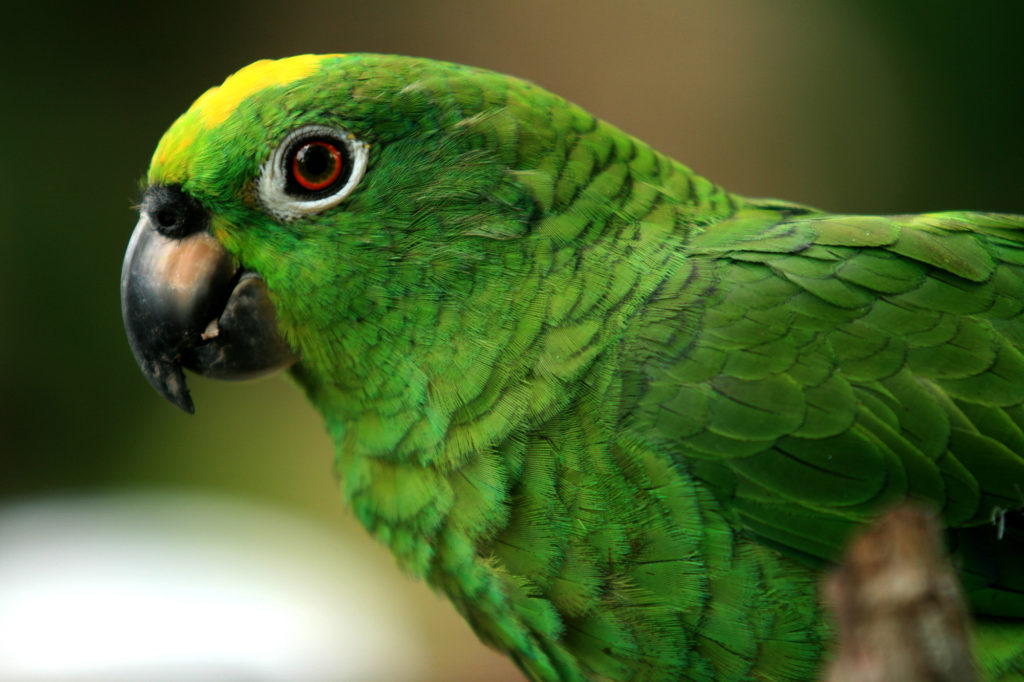
Watch the Cock-of-the-Rock
Guyana’s poster bird has an appearance to match its snigger-inducing name: the males’ lifeboat-orange plumage rises into a sort of Mohawk. They have established catwalk areas, called leks, where they strut for the drabber lady fowl. Catch at glimpse at Kaieteur Falls or the Iwokrama International Center for Rainforest Conservation (www.iwokrama.org). Nearby stands the country’s only canopy tour, ideal for watching parrots’ silhouettes stream across the sunset, as you sip a frosty Banks beer (http://iwokramacanopywalkway.com).
Guyana 411
Guyana Tourism Authority – www.guyana-tourism.com
Karanambu – www.karanambu.com
Maipaima Eco Lodge – www.wildrupununi.com
Rewa Eco Lodge – www.rewaguyana.com
Rock View Lodge – www.rockviewlodge.com
Wilderness Explorers – www.wilderness-explorers.com
